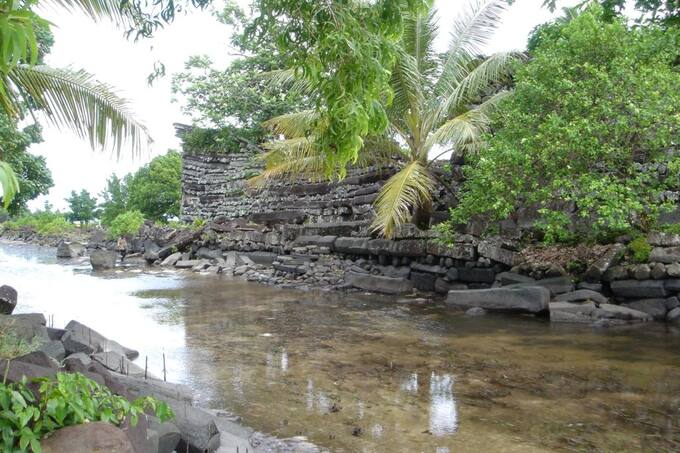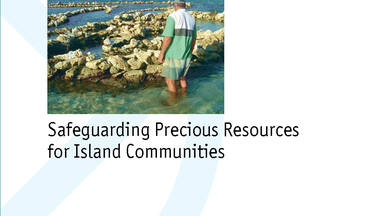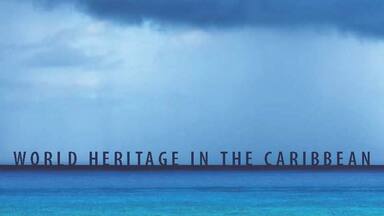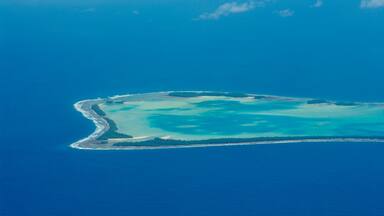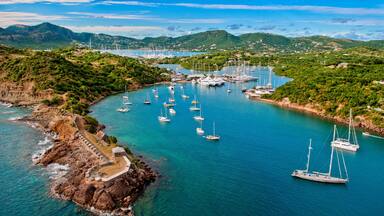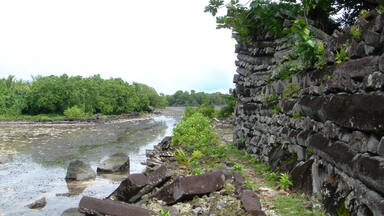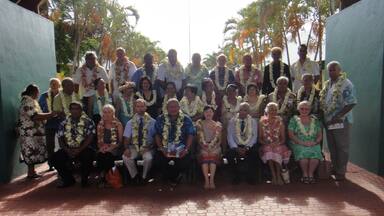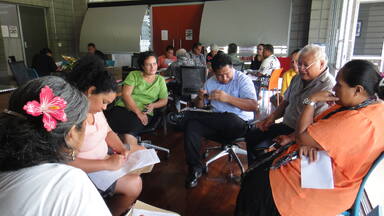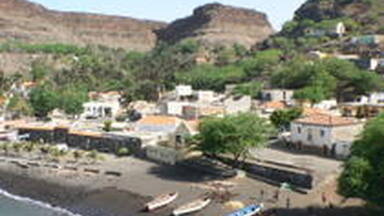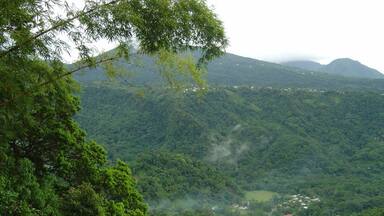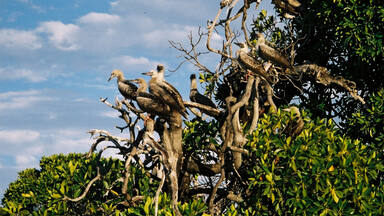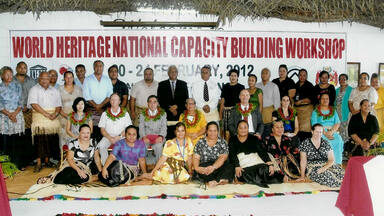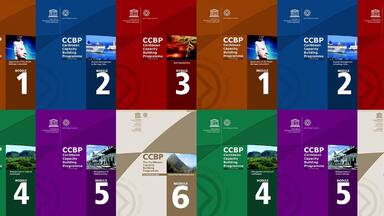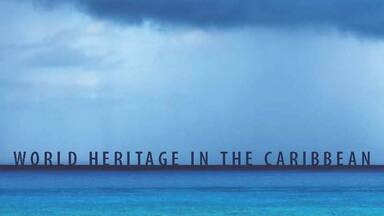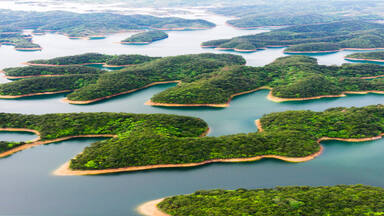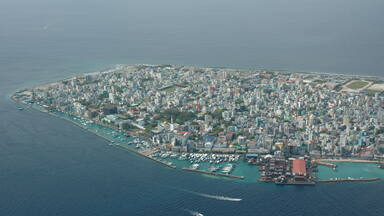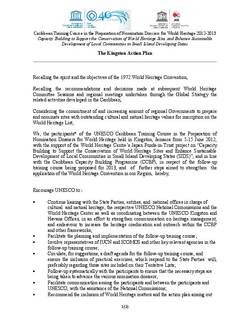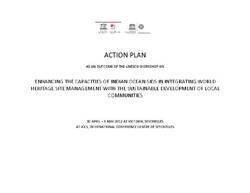On 10 August 2011 the Japanese Government approved the programme proposal "Capacity Building to Support the Conservation of World Heritage Sites and Enhance Sustainable Development of Local Communities in Small island Developing States (SIDS)", with a total budget of USD 1 million.
The overall objective of the project proposal is to develop regional capacity building programmes for Pacific and African SIDS, and to further strengthen the existing capacity building programme for Caribbean SIDS (CCBP). For each of the three SIDS regions, i.e. Africa, Pacific and Caribbean, a different strategy needs to be deployed, due to the different levels of implementation of the 1972 World Heritage Convention, development of institutional networks, regional needs assessments and action plans.
A strategy for African SIDS
A strategy for African SIDS would need to include the identification of the specific needs of each of the island states, as well as the requirements and challenges already recognised at the international level through the African Periodic Reporting exercise. Specific activities structured and implemented under this proposal will:
- Identify heritage and conservation needs more precisely,
- Analyse the first findings in the relevant context, and define general principles and priorities underlining required strategies;
- Clarify career structures of professions involved in conservation, identify types and appropriate levels of training required;
- Develop a framework and communication systems to identify regional and national partner organizations, and organize administrative support;
- Identify short-term measures for the improvement of training, such as introducing new initiatives into existing schemes to lead to fully developed programmes;
- Organize collaborative network of individuals and institutions for the exchange of ideas and opinions on approaches to education and training between national institutes;
- Identify and reinforce national, regional or local centres for research and archiving cultural heritage and related conservation works.
A strategy for Pacific SIDS
A strategy for Pacific SIDS would need to further build upon the requirements and challenges already identified through the Pacific World Heritage Action Plan 2010-2015, which was developed by Delegates of Pacific States Parties and territories at the World Heritage Regional Workshops of Cairns (Australia, October 2008) and Maupiti (French Polynesia, 2009). Under this Action Plan, Main Actions Nos. 3 and 4 identified the need for 'supporting successful nominationsfor representation on the World Heritage List, by increasing in-country capacity to identify suitable potential sites and prepare nomination dossiers that fully meet the requirements of the World Heritage Convention' and 'increasing in-county capacity at all levels, inclusive of indigenous people to develop best practices, management plans and arrangements to ensure effective protection of Pacific heritage sites, in a way that takes into account and recognises traditional knowledge and conservation practices for land, air and sea.'
Under the recognition of the fact that the Pacific is the most under-represented region on the World Heritage List, there is an opportunity to redress this imbalance by way of supporting the establishment of Tentative Lists and successful nominations to the World Heritage List. In line with the above mentioned main actions, it is recommended also to support the preparation of site management plans through capacity building workshops as part of the nomination process.
Therefore, three activities are proposed to support the main objectives of the Pacific World Heritage Action Plan 2010-2015 :
- Provide support to a nomination of States Parties that do not have any World Heritage property yet, with appropriate assistance of international experts. A preliminary proposal from the Apia Office is Nan Madol (Pohnpei) in Micronesia;
- Development of a Management Plan, as part of the nomination requirements; and
- Provide support for the establishment of a Tentative List for States Parties in Polynesia (the most under-represented in the Pacific), being the Cook Islands, Niue, Tonga, and Tuvalu (once Tuvalu has ratified the 1972 WH Convention) through 4 national workshops.
A strategy for Caribbean SIDS
A strategy for Caribbean SIDS will need to utilize the existing Caribbean Capacity Building Programme (CCBP) as an established professional network of information exchange and training.
Under this Programme several pilot projects could be implemented that focus on enhancing sustainable development opportunities of Caribbean local communities through the wise use of World Heritage resources. These pilot projects could be selected according to the 4 regional themes considered of importance for the Caribbean: historic cities; cultural landscapes; sustainable tourism; and risk preparedness.
This project would not have been possible without the generous support of the Japanese Government. Its continuous support in the implementation of the World Heritage Convention is greatly appreciated.
